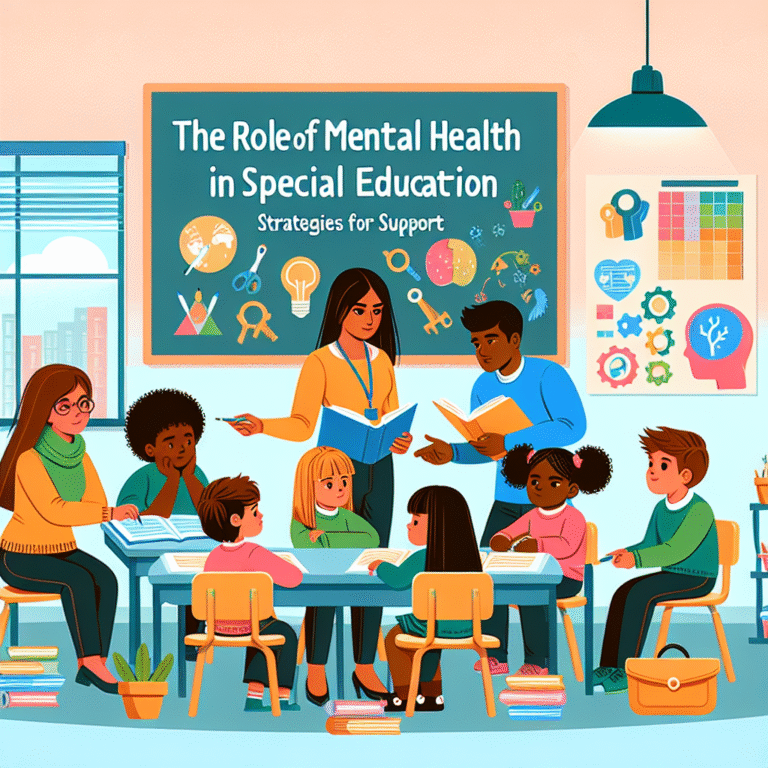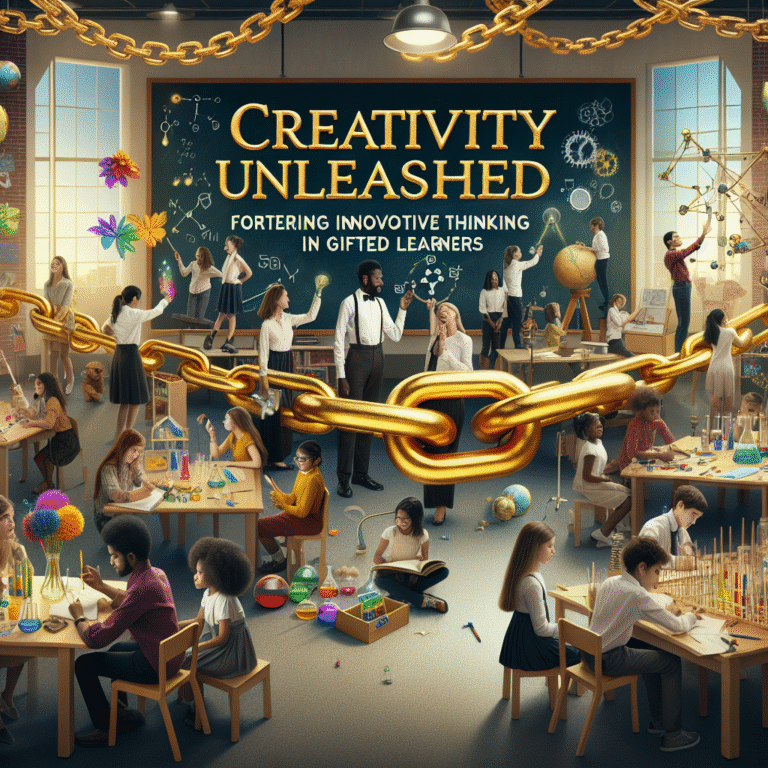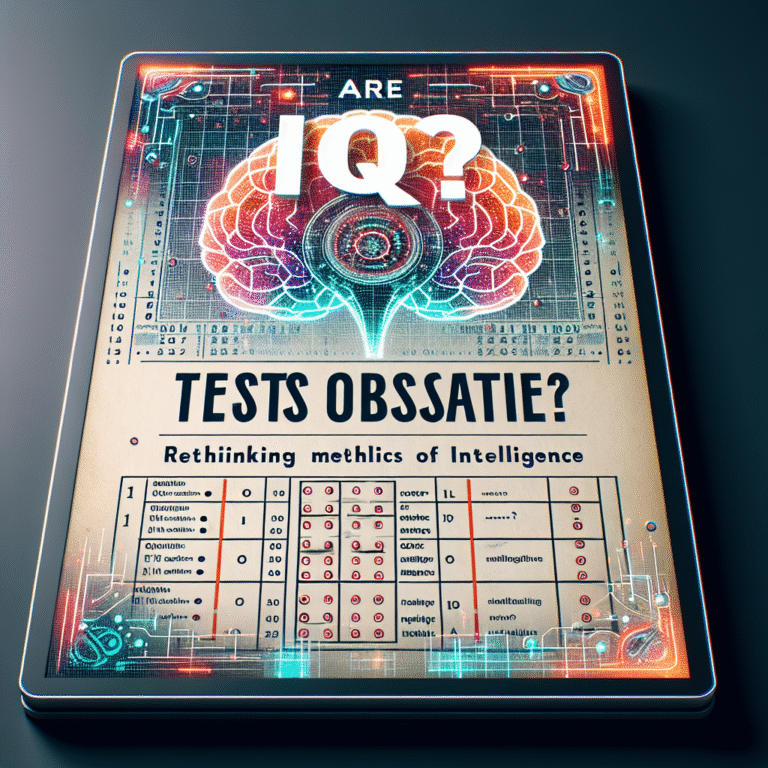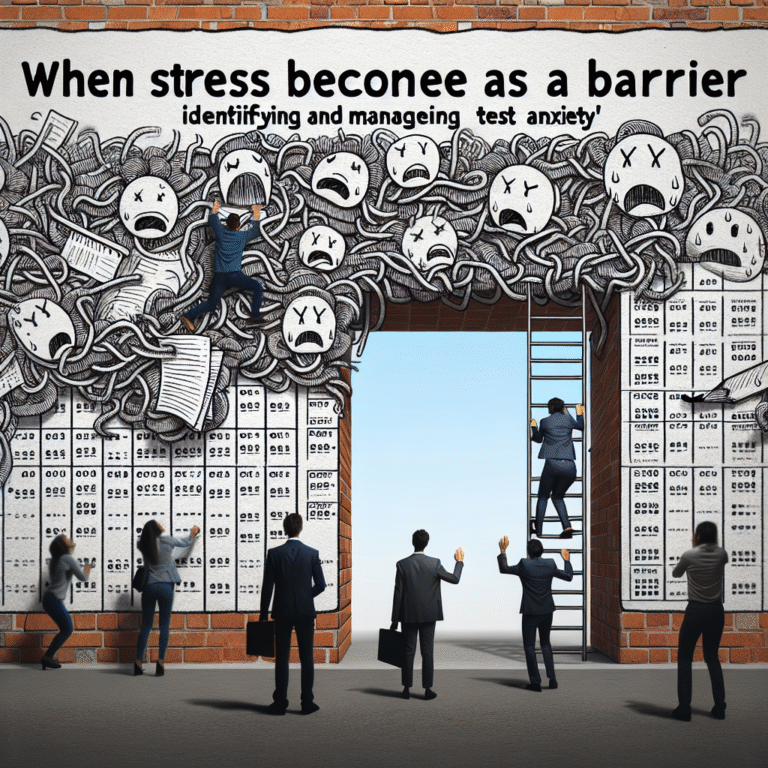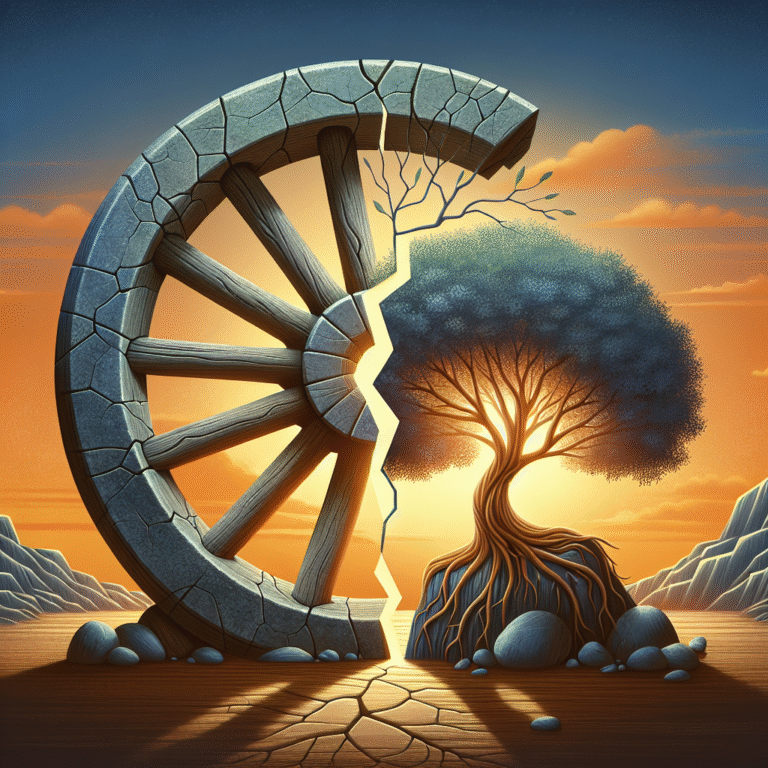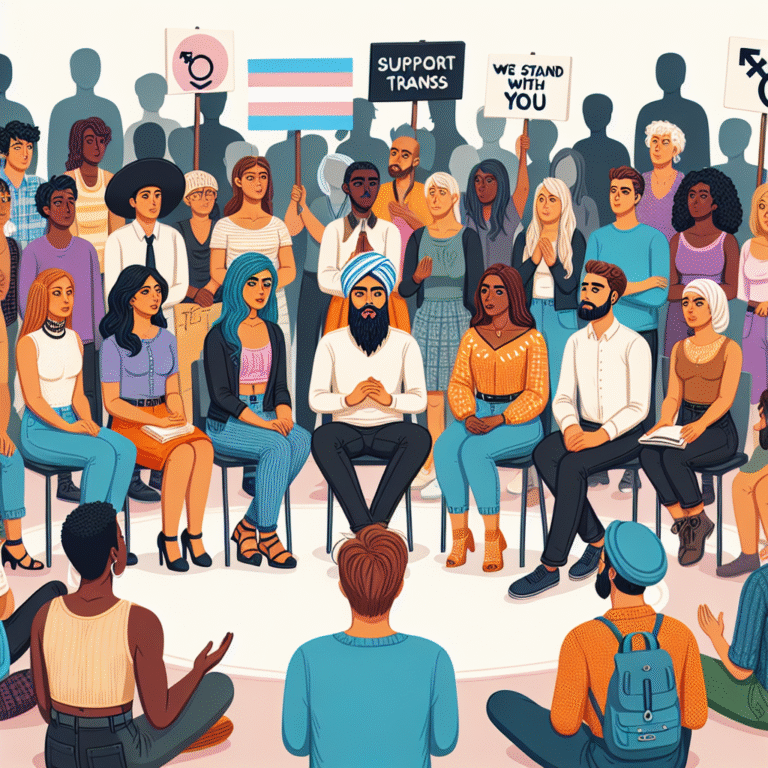
Introduction
In an ever-evolving world where information is abundant yet often overwhelming, the pathway from knowledge to creation emerges as a beacon for learners and educators alike. Understanding and applying Bloom’s Taxonomy, a framework for categorizing educational goals, can transform how we think about learning. This article, From Knowledge to Creation: Navigating Bloom’s Taxonomy, will explore how to harness this powerful educational tool to foster deeper understanding and creativity.
Imagine a learning environment where students don’t just absorb information but create new ideas and concepts based on their knowledge. This isn’t a distant dream; rather, it’s a tangible outcome that Bloom’s Taxonomy can facilitate. By guiding learners through different levels of understanding—from basic recall to creative synthesis—we can cultivate the thinkers, innovators, and creators our society needs.
Understanding Bloom’s Taxonomy
The Hierarchical Structure
At the core of Bloom’s Taxonomy is a six-level hierarchy that captures the essence of learning stages:
| Level | Description | Action Verbs |
|---|---|---|
| Remembering | Recall facts and basic concepts | Define, List, Describe |
| Understanding | Explain ideas or concepts | Summarize, Paraphrase |
| Applying | Use knowledge in new situations | Execute, Implement |
| Analyzing | Break concepts into parts to explore logic | Differentiate, Organize |
| Evaluating | Justify a decision or course of action | Critique, Judge |
| Creating | Produce new or original work | Construct, Design |
This structure not only divides cognitive skills into a hierarchy but also provides a clear roadmap for educators in From Knowledge to Creation: Navigating Bloom’s Taxonomy.
The Importance of Clarity in Learning Objectives
Understanding the levels of Bloom’s Taxonomy helps educators devise clear learning objectives. When objectives tie back to these levels, learners can progress systematically. For example, a lesson focusing on applying might involve case studies where students apply theories in practice, while one focused on creating could lead to a project where they develop their own solutions to real-world problems.
Real-World Application: Case Study at a Local University
Consider a local university that recently revamped its curriculum using Bloom’s Taxonomy. By implementing workshops that progress through the taxonomy levels, faculty noted a dramatic improvement in student engagement and retention rates. A student learning biology, for example, progressed from remembering cell structures to creating a model that represents ecosystem interactions. This case illustrates how From Knowledge to Creation: Navigating Bloom’s Taxonomy can yield practical benefits in educational settings.
Delving Deeper into Each Level
1. Remembering: The Foundation of Learning
The first level is all about foundational knowledge. Here, students focus on anecdotal data, key concepts, and theories. Teachers can use quizzes, flashcards, or discussions to test comprehension.
2. Understanding: Building Comprehension
At this level, understanding deepens. Students begin to interpret and summarize information. This involves transforming facts into meaningful context.
3. Applying: Bridging Knowledge and Practice
Applying knowledge in a practical context demonstrates mastery beyond mere understanding. Teachers might assign projects that require students to experiment with learned concepts in new contexts.
4. Analyzing: Critical Thought and Reasoning
At this stage, learners dissect information to uncover relationships. For instance, they might analyze different leadership styles and assess their effectiveness in given scenarios, developing critical thinking skills through From Knowledge to Creation: Navigating Bloom’s Taxonomy.
5. Evaluating: Making Judgments
This stage encourages students to make reasoned arguments. They compare various theories and critique methodologies, fostering a deeper engagement with the material.
6. Creating: The Pinnacle of Learning
Creation is the apex of Bloom’s taxonomy, emphasizing innovation and original thought. Here, students synthesize information to devise new solutions, raising their ideas to real-world applications, such as developing a prototype or conducting a community-based project.
Building a Curriculum with Bloom’s Taxonomy
Framework Design
Developing a curriculum that effectively utilizes Bloom’s Taxonomy entails designing activities that escalate through the levels. For example, a course on climate change might progress from defining key terms (remembering) to critiquing policy proposals (evaluating).
Assessment Techniques
Effective assessment aligns with the taxonomy levels. Utilizing diverse methods—from multiple-choice tests to open-ended projects—can provide a holistic picture of student learning. For instance, a project-based assessment where students create a community garden plan incorporates the creating level.
The Role of Technology
Digital Tools
Integrating technology into learning experiences can enhance understanding and engagement. Learning management systems, online collaborative platforms, and interactive simulations can be employed to facilitate movement through the taxonomy levels.
Enhanced Collaboration
Using platforms for collaborative projects encourages students to create and innovate. Collaborative tools, such as Google Workspace, enable learners to construct knowledge together, making significant strides from knowledge to creation.
Challenges in Implementing Bloom’s Taxonomy
Resistance to Change
One common challenge educators face is institutional resistance to curriculum changes. Overcoming this requires clear communication of the benefits of using Bloom’s Taxonomy for improved educational outcomes.
Resource Limitations
Many institutions struggle with resource allocation, from time to funding. Effective implementation of Bloom’s Taxonomy may require teachers to advocate for professional development and additional materials that promote varied learning activities.
Conclusion: The Journey from Knowledge to Creation
As we navigate the landscape of education today, it is clear that moving from knowledge to creation is not merely aspirational; it is essential. By leveraging Bloom’s Taxonomy, educators can craft experiences that inspire learners to think critically, collaborate meaningfully, and innovate passionately.
Final Thoughts
The real power of From Knowledge to Creation: Navigating Bloom’s Taxonomy lies in its potential to transform both teaching and learning. By embedding this framework into educational practices, we create a dynamic learning environment where every student can flourish, pushing boundaries and contributing to a richer world.
FAQs
1. What is Bloom’s Taxonomy?
Bloom’s Taxonomy is a framework for categorizing educational goals that guides educators in fostering different levels of understanding, from basic recall of facts to the creation of new ideas.
2. How can I apply Bloom’s Taxonomy in my classroom?
You can apply Bloom’s Taxonomy by designing activities that progress through its levels, such as quizzes for recall, discussions for comprehension, and projects for creation.
3. What are the benefits of using Bloom’s Taxonomy?
Using Bloom’s Taxonomy helps educators establish clear learning objectives, assesses student understanding effectively, and promotes critical thinking and creativity.
4. Can Bloom’s Taxonomy be integrated with technology?
Yes! Many digital tools and platforms can facilitate learning at different levels of Bloom’s Taxonomy, enhancing engagement and collaboration among students.
5. How do I measure success when using Bloom’s Taxonomy?
Success can be measured through varied assessment methods aligned with the taxonomy levels, such as tests for knowledge and projects for creation, demonstrating a comprehensive understanding of the subject matter.
By continuing to engage with From Knowledge to Creation: Navigating Bloom’s Taxonomy, educators and learners alike can foster a rich, empowering educational experience that transcends traditional boundaries. Embrace the journey from knowledge to creation, and watch as new ideas take flight!





